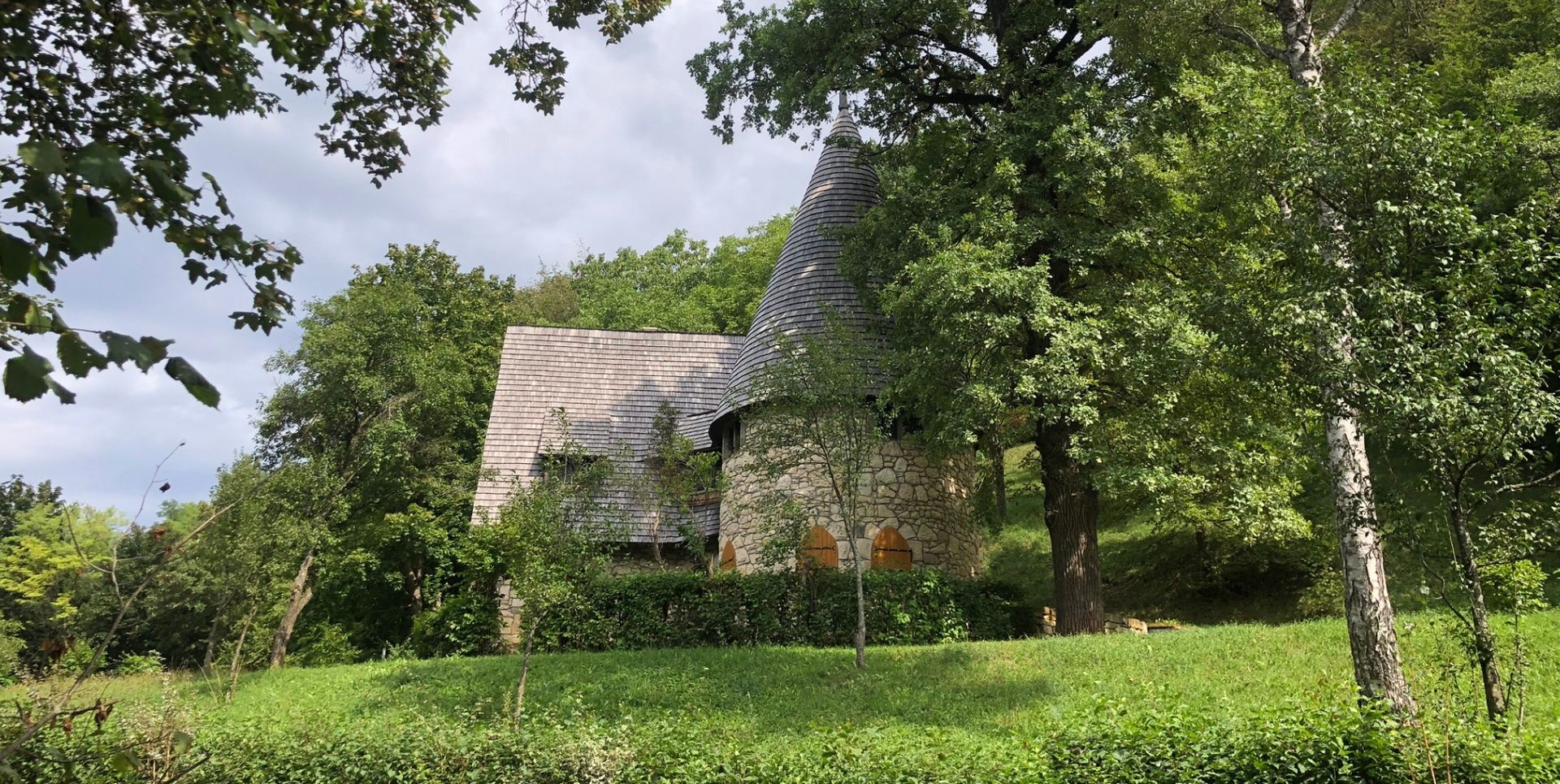Concepts and Goals
As the name suggests, this is about a tour, or hike, with emphasis on physical endurance. The endurance tour is the hiker’s sporting event in which participants walk a designated course to be completed within a given period of time.
Whoever does not follow the prescribed route, or exceeds the time limit, does not complete the endurance tour.
Endurance tours can be completed on foot, but also by bike, water, or any combination of these. Additional versions of any such endurance tours are winter tours, daytime tours or night-time tours.
Endurance tours are always planned on a given date (around the same time every year). The goals, however, are more varied: to increase hikers’ physical endurance, strength, and stamina, to encourage regular participation in touring events, and to provide a beneficial form of recreation. The endurance tour is a hike, not a race. Everyone strives to overcome their own limitations and the challenges of the course, not the other participants.
Three factors determine the difficulty of the endurance tour: the absolute distance, the elevation gain and the time limit.
However, there is a fourth factor that is more difficult to anticipate, and that is the weather. Weather is crucial, and while we can only know its likelihood for any given date, it can transform a short and easy tour or stretch into an unrelenting challenge.
Distance, course, and range
The distance is the length of the course between the start and finish, measured in kilometres. In the preparation of the tour, the length has to be measured as precisely as possible. But first, the course needs to be selected, planned and surveyed.
A number-one requirement is to rule out potential hazards such as accidents and getting lost.
Therefore, the course should be easy to follow. The endurance tour is not orienteering, where the requirement is to locate the checkpoints or develop strategies in order to reach all checkpoints as fast as possible. The goal is to complete the course within the time limit.
For that reason, it’s best for the course to run along marked paths, because those are the easiest to follow. It certainly helps if the signs are in good condition. But if the course includes unmarked segments, it would be necessary to mark them before the event., and direction signs need to be posted at crossroads.
For safety reasons, it is best to avoid crossing or walking along busy public roads. The course of the endurance tour is ready to be finalized when two or more organizers complete the course within the set time limit and under conditions similar to those expected at the actual event.
A test run of the course(s) must be repeated before each event, so any year-to-year variations can be noted.
The endurance tour can involve one course or multiple courses. An event is a single-course event if all participants advance along the same course between one start and one finish location. This type of endurance tour is usually planned as a one-time event. Examples might include anniversary-centred memorial tours, or endurance tours associated with other occasional events.
An endurance tour is a multiple-course event when participants advance along courses with different lengths or routes, with the same or different start and finish points.
Annual endurance tours are usually multiple course events (several distances are available). This means that participants have several options: they can choose the course that best matches their level of strength, preparedness, and experience.
Single- or multiple-course tours can be circular or linear. There are certain advantages to a circular tour as opposed to a linear one. Having the start and the finish at the same location might ease accommodation, gear, and staffing issues. In addition, the logistics of transporting the participants' luggage are reduced to a simple baggage-check function.
Elevation gain
The tour’s cumulative elevation gain is determined by the sum of every gain in elevation throughout all segments of the course. For endurance tours usually only elevation gains are calculated, that is, only ascents, not descents.
Time limit
The time limit is the maximum amount of time participants have to complete the endurance tour. This includes periods of rest.
It is especially important that the organizers be familiar with the time it takes to complete each segment so they can appropriately plan checkpoint hours of operation. In some cases, due to safety considerations, checkpoint time limits may also be set for the participants.
Source: Tamás Tóthpál: Endurance Tours around Kolozsvár (Művelődés Kiadó, 2015)


